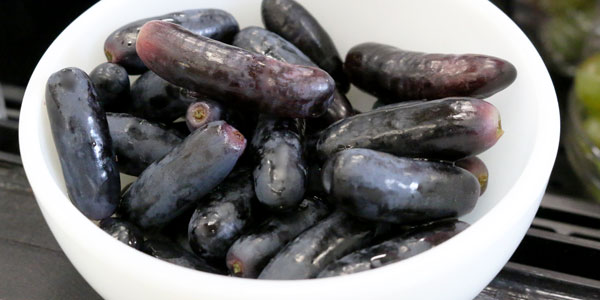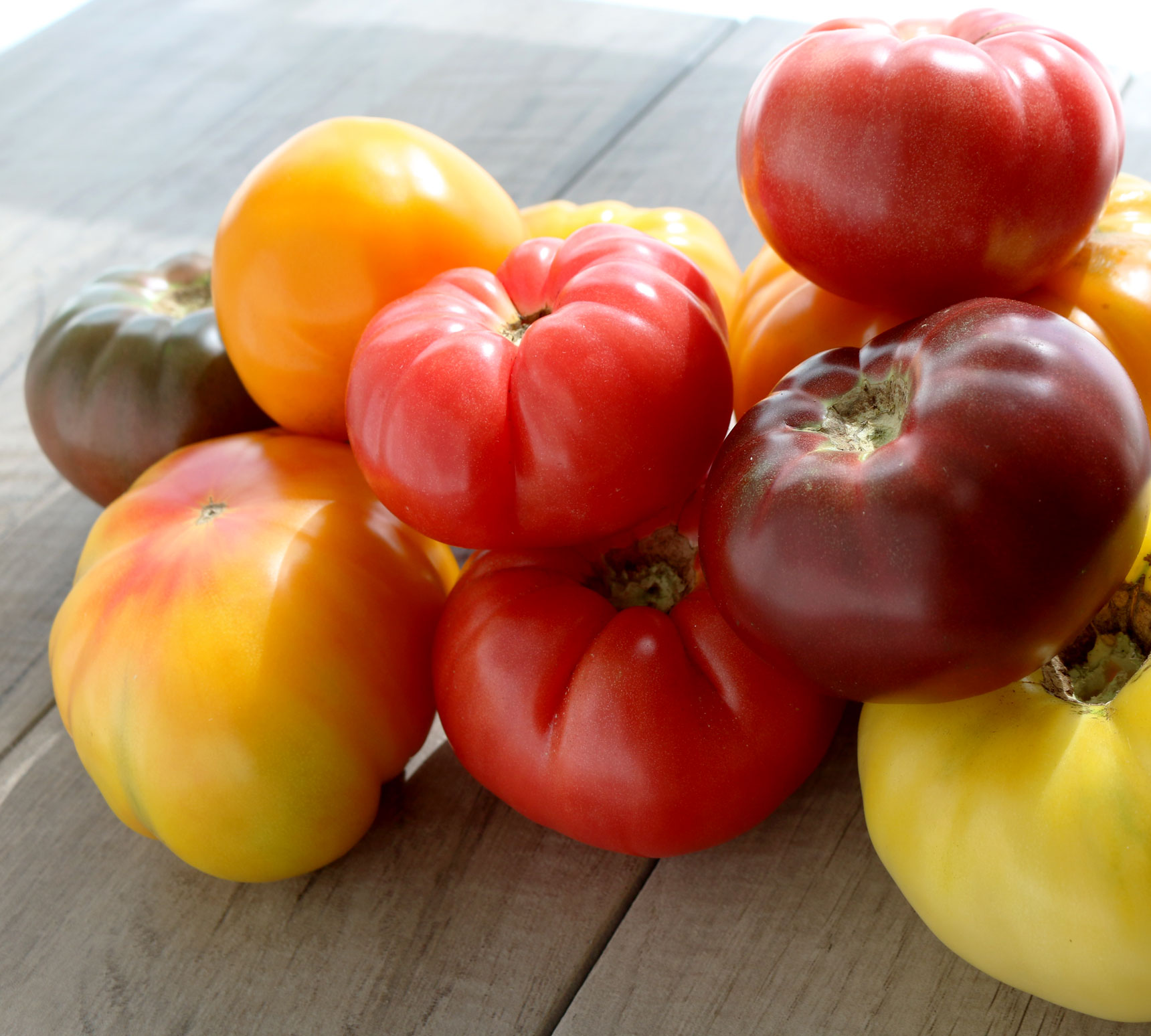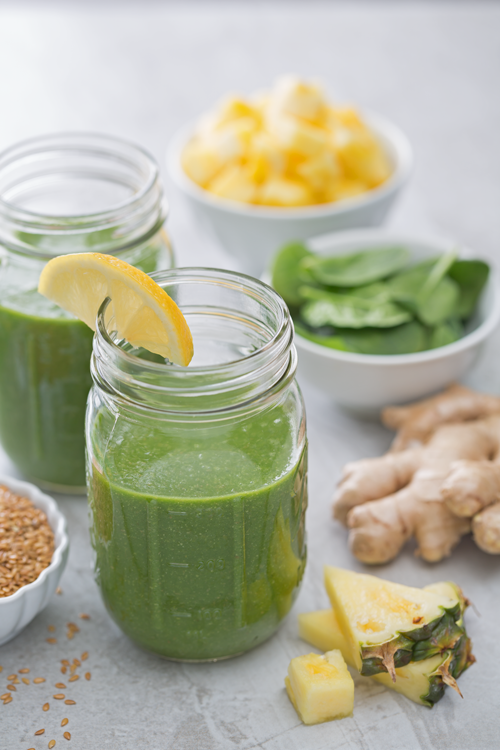Going Beyond the Basic Grape
Grapes have always been the perfect summertime treat. Sweet and juicy with a pleasant pop, no party fruit tray would be complete without them, and their size makes for convenient eating on-the-go or straight out of the fridge. But let’s face it – while tasty, the basic options of Red vs. Green (and sometimes Black) haven’t made for much excitement over the years. Growers such as Divine Flavors have begun to change the grape landscape with new and exciting varieties that are unexpected in shape, color and flavor. And the best part is - they are certified organic! Cotton Candy Grapes Cotton candy: an image that spins up memories of county fairs, parades, circuses and baseball games – not to mention sticky fingers. Let’s face it, as fondly as we remember the sweet taste of cotton candy, the confection consists of sugar and
Read More




